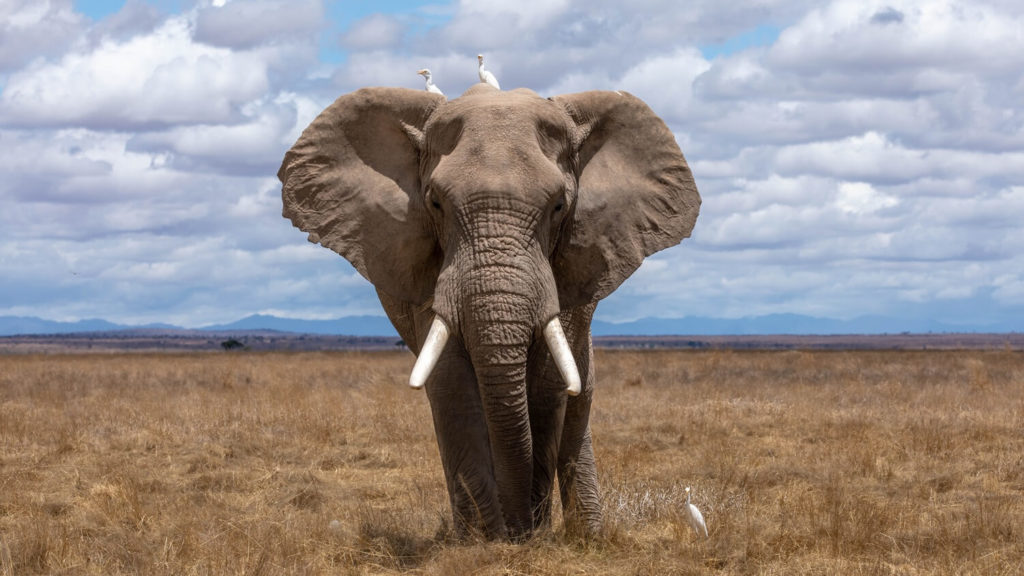Proposed South African legislation categorizes threatened and vulnerable species including elephants, rhinoceros, and giraffe as meat. South African citizens were invited to comment on the proposed amendment before 28 April.
In February, the Minister of the Department of Agriculture, Land Reform published an extensive amendment to schedule 1 of the Meat Safety Act 40 of 2000. The amended Meat act extends the list of animals classified for slaughter, consumption, import, and export. It now includes several endangered animals.
In addition to rhinos, elephants, and giraffe, the list includes hippopotamus and the critically endangered white antelope, or addax. According to the non-profit platform Dear South Africa (DearSA), the updated Meat Safety Act also applies to undefined birds, reptiles, and fish.
https://youtu.be/4-JIKcX-50k
DearSA is a legally recognized platform designed to enable members of the public to co-shape government policies, amendments, and proposals. It encourages engagement with new and amended government policies, such as the Meat Safety Act.
The African continent is home to some of the most endangered animals in the world. According to the African Wildlife Foundation, giraffe and hippo populations—both included as “meat” animals in the new legislation—are two of the most at-risk species.

Elephant Poaching
Elephant poaching continues to be a significant environmental issue. According to World Wide Fund for Animals (WWF), poachers kill tens of thousands of elephants every year. As of 2007, wildlife experts hypothesize that poaching for meat may surpass the ivory trade as the primary threat to elephant populations.
In the Democratic Republic of the Congo (DRC), the hippo population has declined by over 95 percent. In the late 19th and 20th centuries, researchers recorded herds of 20 to 30 giraffes. Now, on average, herd sizes contain six or fewer individual animals.
However, increased local, national, and international efforts continue to fight against illegal poaching and wildlife trafficking. Across Africa, people work to eradicate poaching for good. In Kenya, wildlife poaching dropped by 90 percent over the course of six years.
Anti-poaching rangers, such as the radical all-women Akashinga unit, continue to protect endangered wildlife through direct action. Individual participation in legislative changes—such as the Meat Safety Act—also supports wildlife preservation.
“Participation in decision-making processes means a possibility for citizens, civil society organisations and other interested parties to influence the development of policies and laws which affect them,” says DearSa.


